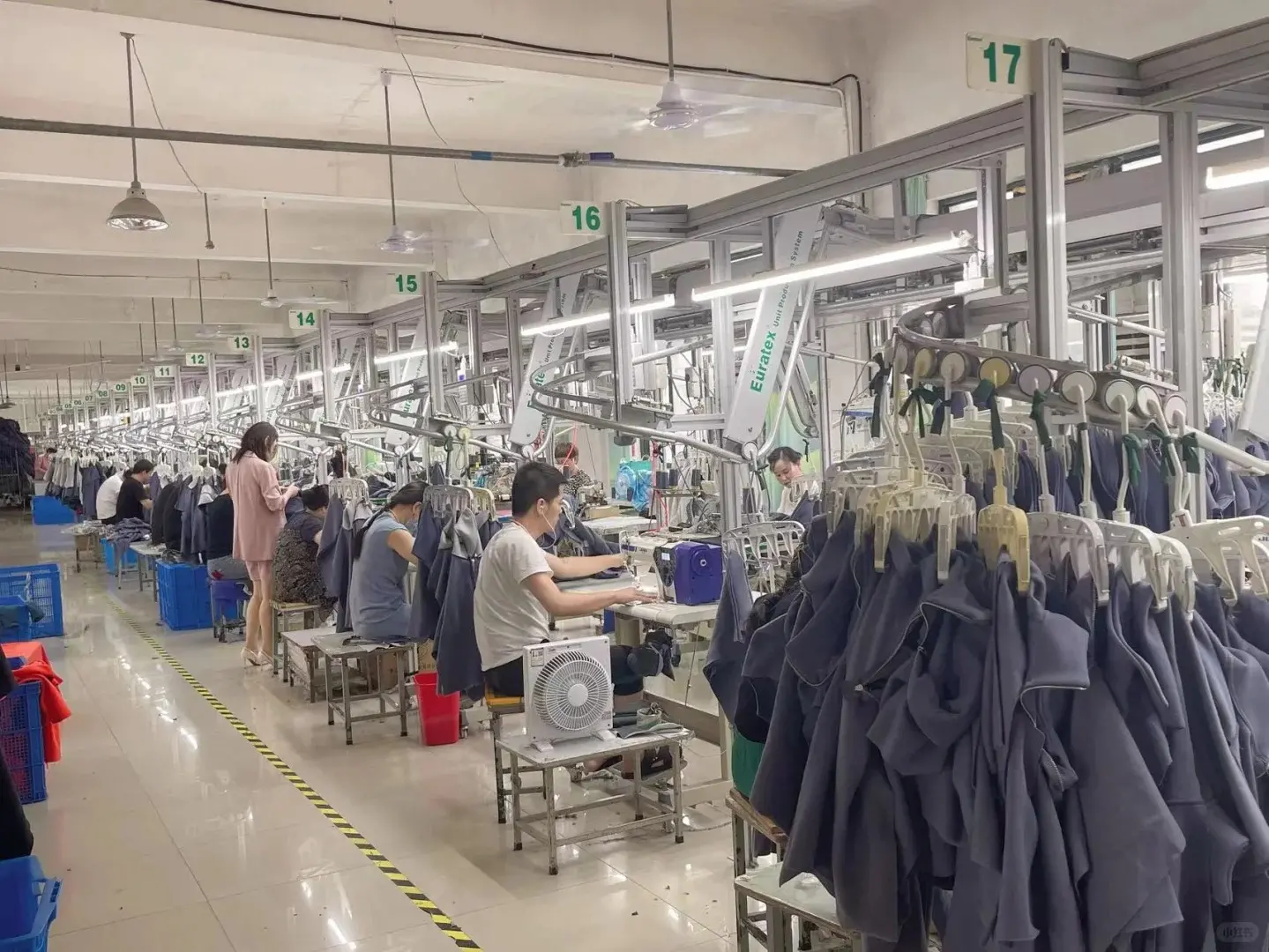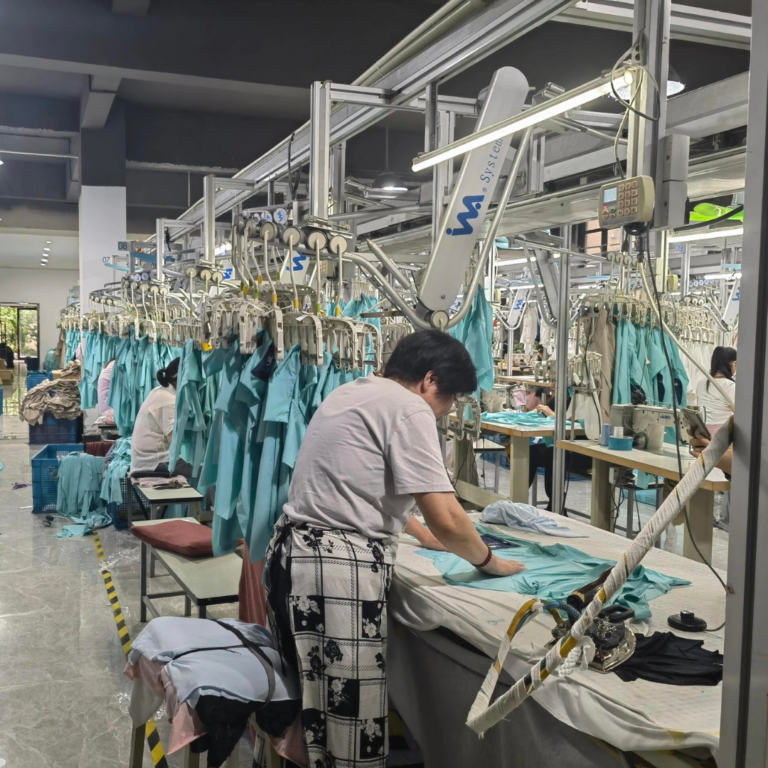Inside the World of Sportswear Manufacturing: Trends, Processes, and Choosing the Right Supplier
Introduction
Welcome to the dynamic universe of sportswear manufacturing, a realm where fashion meets function at the crossroads of sports and fitness. In recent years, this industry has not just grown; it’s sprinted forward, fueled by innovations in technology, a growing awareness of the importance of physical fitness, and a global embrace of athleisure as a fashion trend. The quest for the perfect blend of comfort, durability, and style has never been more intense. But here’s the catch – not all sportswear is created equal. The secret ingredient? The right manufacturing and supply partners. These wizards behind the curtain ensure that the sportswear hitting our shelves isn’t just about looking good; it’s about sustainability, quality, and pushing the envelope in fabric technology. Join us as we dive deep into the heart of the sportswear manufacturing industry, exploring the latest trends, unraveling the complex processes involved, and guiding you through the maze of choosing the perfect supplier. Whether you’re a budding entrepreneur in the fitness world or a seasoned pro looking to level up your game, understanding the ins and outs of sportswear manufacturing is the first step to victory. Let’s get started!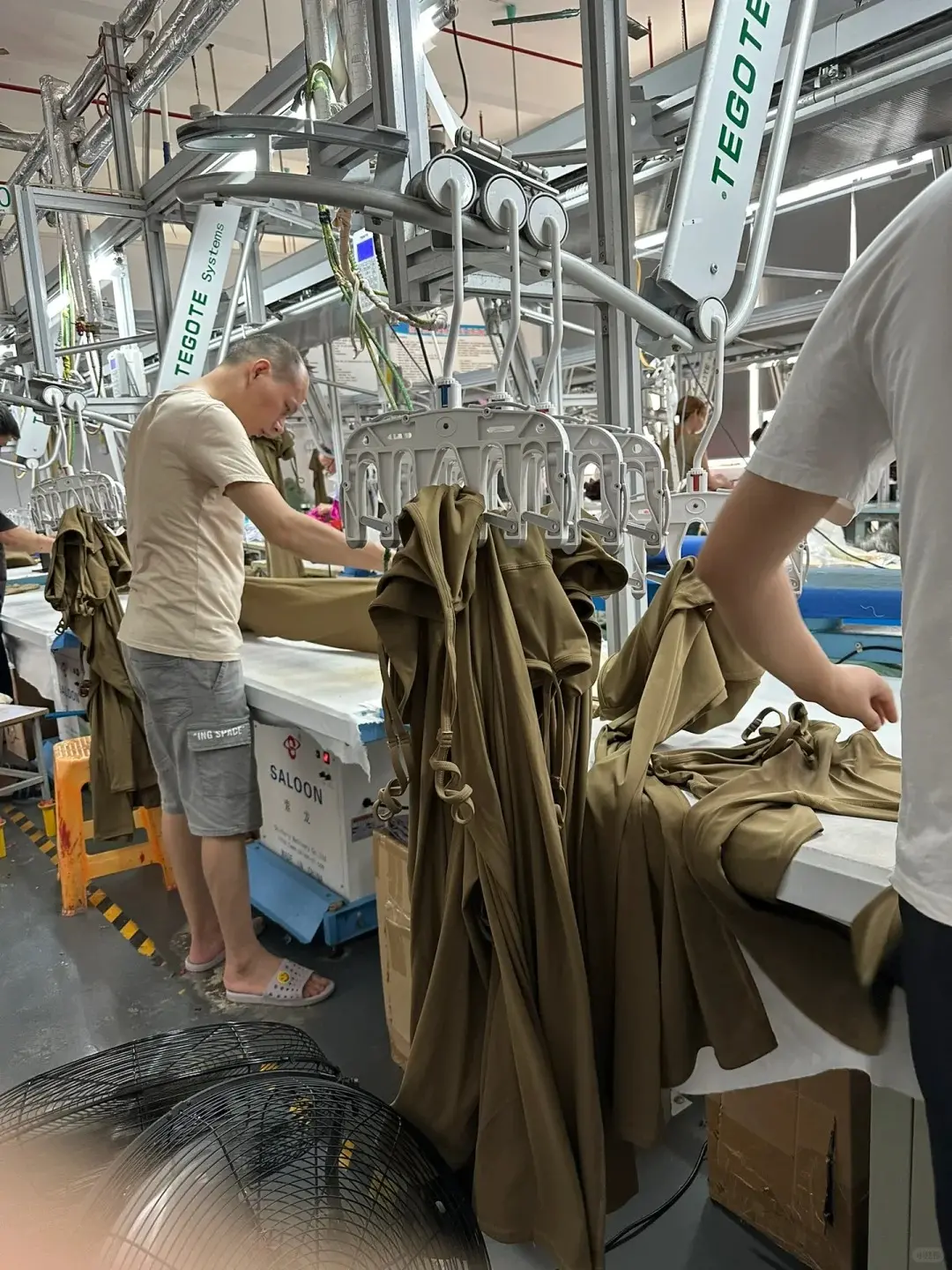
Section 1: The Evolution of Sportswear Manufacturing
From Cotton to Cutting-Edge: A History Lesson
The story of sportswear manufacturing begins in the early 20th century when the first sneakers were introduced, and athletic apparel was predominantly made from cotton. Fast forward to today, and the sportswear manufacturing industry is a high-octane world of innovation, style, and technology.
Technological Sprint: Advancements in Manufacturing
As we vault over to the technological advancements, it’s clear that the sportswear manufacturing industry has been on an innovation treadmill. Here are a few game-changers:
- Digital Fabric Printing: Revolutionizing design, this technology allows for vibrant, detailed patterns without compromising the fabric’s performance qualities.
- Seamless Technology: Imagine wearing clothes as comfy as your skin. Seamless knitting technology makes this a reality, reducing friction and increasing comfort for athletes.
- 3D Knitting and Body Scanning: Custom-fit sportswear isn’t a dream of the future. With 3D knitting and body scanning technologies, manufacturers can create apparel that fits every contour of the athlete’s body, enhancing performance and comfort.
- Sustainable Practices: The green flag is waving with the introduction of eco-friendly materials and production methods. From recycled fabrics to waterless dyeing techniques, sustainability is becoming a central theme in sportswear manufacturing.
The Journey Continues
The evolution of sportswear manufacturing is a tale of triumph, where technology meets tenacity. As we continue to push the boundaries of what’s possible, one thing remains clear: the journey of innovation is far from over. With every stitch and seam, we’re crafting not just the future of athletic wear but the future of how we move in the world.
Section 2: Key Components of Sportswear Production
The Playbook: Stages of Sportswear Production
Diving into the sportswear production process is like exploring a well-organized team game, where every player has a vital role in scoring the goal – creating top-notch athletic apparel that athletes love to wear. Let’s break down the play-by-play of how sportswear goes from a mere concept to a product gracing store shelves and online catalogues.
- Design & Conceptualization: It all starts with an idea, a sketch, a burst of creativity. Designers draft the future trends in sportswear, focusing on aesthetics, functionality, and the athlete’s needs.
- Material Selection: The quest for the perfect fabric is on. The choice of material affects everything from performance to sustainability, making this step a cornerstone of the production process.
- Prototyping & Sampling: Before mass production kicks off, prototypes are created and rigorously tested. This stage is crucial for tweaking the design, fit, and functionality.
<li
- Manufacturing: With the green light on the final sample, manufacturing begins. This is where the magic happens, as rolls of fabric transform into the sportswear we know and love.
- Quality Control: No athlete wants a jersey that rips at the first tackle. Quality control ensures that every piece of apparel meets the high standards of durability and performance.
- Distribution: From the factory to the frontline, sportswear makes its way to retailers and distributors, ready to be discovered by eager customers.
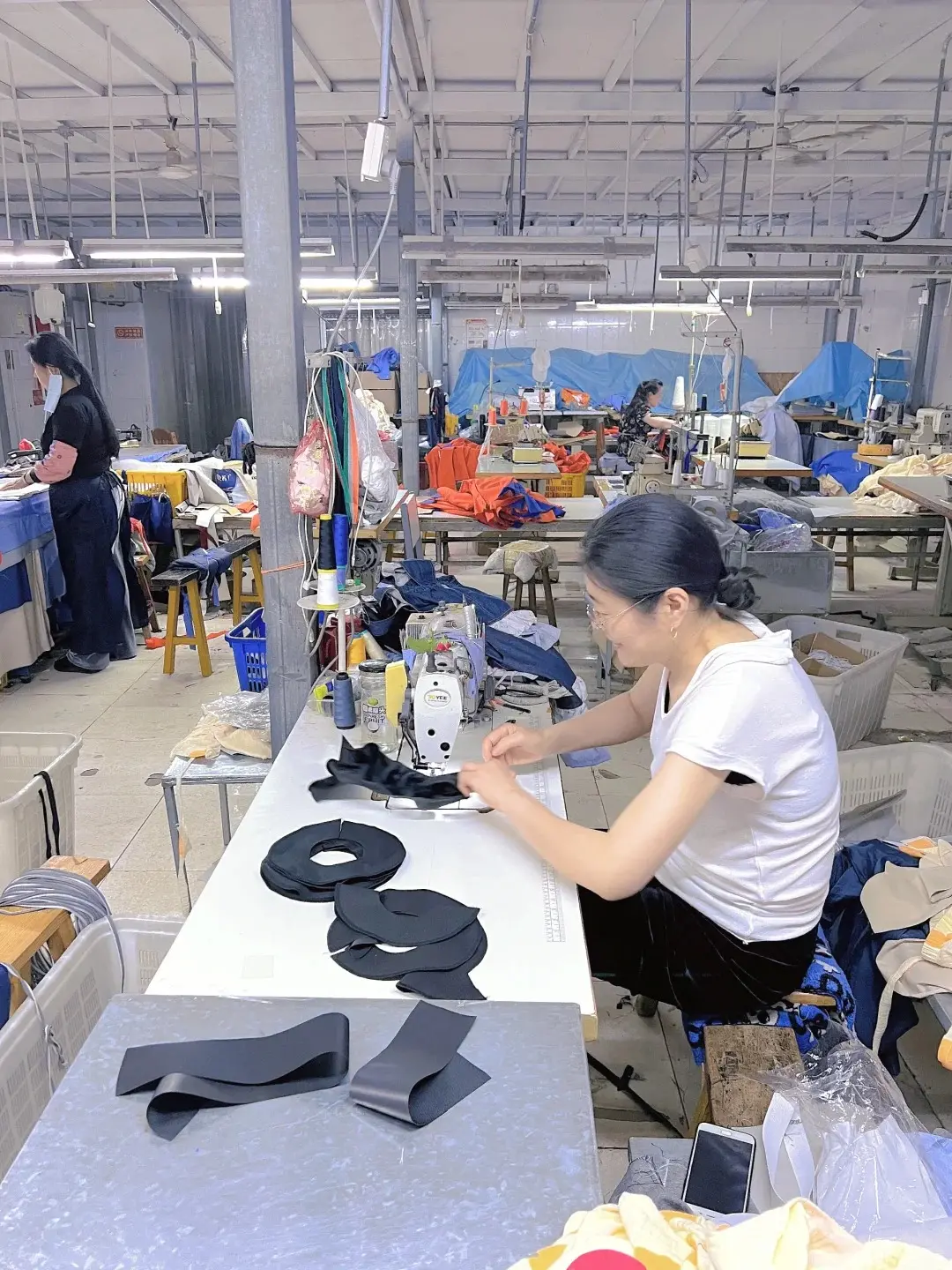
Team Players: OEM and ODM in Sportswear Manufacturing
In the realm of custom sportswear manufacturing, two key players dominate the field: OEM (Original Equipment Manufacturer) and ODM (Original Design Manufacturer).
OEM Services
Imagine you have a specific design in mind for your sportswear brand. An OEM will take your completed designs and specifications, then manufacture the product to your exact requirements. It’s like having your own factory, minus the hassle of actually running it.
ODM Services
For those who might not have a complete design ready or want to leverage existing product designs, ODMs are the go-to. They offer pre-designed and tested products that you can customize with your brand’s logo and specific details. It’s a quicker, often more cost-effective way to expand your sportswear line.
Wearing Green: Sustainability in Sportswear Production
Sustainability is no longer a nice-to-have; it’s a must-have. With the environmental impact of the fashion industry under scrutiny, sportswear manufacturers are stepping up their game. From using recycled plastics to make polyester to adopting waterless dyeing techniques, the industry is innovating to reduce its carbon footprint. Sustainable practices are not just good for the planet; they resonate with consumers who value eco-consciousness in their brand choices.
Fabric of the Future: Innovations in Material Technology
The innovation in fabric technology is what sets modern sportswear apart. We’re talking about materials that can do everything from regulating body temperature to repelling water and even storing kinetic energy to return as an extra boost to the athlete. These advancements are not just about enhancing performance; they’re about creating apparel that supports the athlete’s well-being and sustainability goals.
Conclusion
Sportswear production is a complex, multifaceted process that requires precision, innovation, and a commitment to quality and sustainability. Whether it’s choosing the right OEM/ODM partner or pioneering eco-friendly production methods, each step is crucial in crafting the athletic wear that powers our workouts and our world. Let’s lace up and gear up for a future where every piece of sportswear not only looks good but does good, too.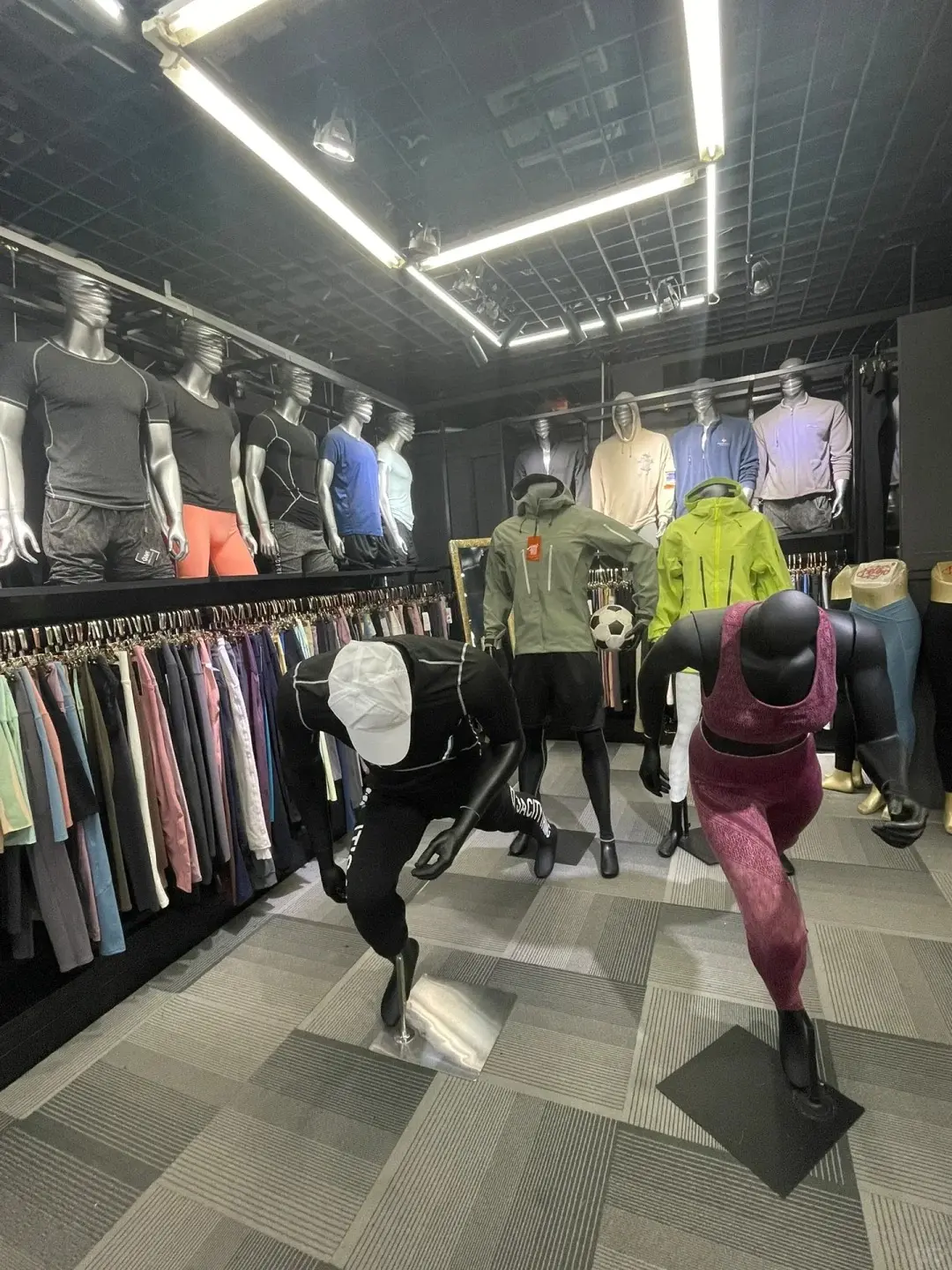
Section 3: Navigating the Sportswear Supply Chain
The Sportswear Supply Chain: A Web of Wonders
At its core, the sportswear supply chain involves sourcing materials, manufacturing products, and then distributing them to retailers or directly to consumers. Sounds straightforward, right? Not quite. Here’s why:
- Sourcing Materials: This first step is all about finding the right fabrics and components. But it’s not just about quality and price; it’s also about sustainability and ethics. Where do the materials come from? Are they environmentally friendly? Is the labor behind them fair?
- Manufacturing: Once the materials are sourced, they need to be transformed into the final products. This involves coordinating with factories, which might be located on different continents, each with its own set of challenges, from language barriers to different regulatory environments.
- Logistics: The final hurdle is getting the finished products to the market. This involves a complex logistics network, dealing with customs, and ensuring timely delivery to stores or directly to consumers’ doorsteps.
Mastering the Game: Tips for Businesses
Navigating the sportswear supply chain can be daunting, but with the right strategies, businesses can not only survive but thrive. Here are some tips to keep your supply chain running smoothly:
- Build Strong Relationships: Whether it’s with your fabric suppliers or your manufacturing partners, strong relationships are the backbone of a successful supply chain. This means clear communication, regular visits (if possible), and mutual respect. A good relationship can make all the difference when you need to navigate a bump in the road.
- Diversify Your Sources: Don’t put all your eggs in one basket. By diversifying your sources and
- Diversify Your Sources: Don’t put all your eggs in one basket. By diversifying your sources and suppliers, you reduce the risk of disruptions and ensure you have options in case of unexpected delays or quality issues.
- Invest in Technology: Technology can be a game-changer for supply chain management. From inventory tracking software to blockchain-based traceability solutions, there are a variety of tools that can help you streamline your operations, improve efficiency, and gain real-time visibility into your supply chain.
- Plan for the Unexpected: The world is full of surprises, and your supply chain is no exception. Be prepared for unexpected disruptions by having a plan in place. This could include having backup suppliers, alternative transportation options, and a communication plan for your team.
- Embrace Sustainability: Sustainability is not just a buzzword; it’s a business imperative. By incorporating sustainable practices into your supply chain, you can reduce your environmental impact, improve your brand reputation, and attract eco-conscious consumers.
The Future of Sportswear Supply Chains
The sportswear supply chain is constantly evolving, and the future looks bright. Here are a few trends to watch:
- Nearshoring: With the rise of automation and digital technologies, manufacturers are looking to nearshore their operations, bringing them closer to their target markets. This can reduce lead times, improve communication, and increase flexibility.
- Blockchain Technology: Blockchain is revolutionizing the way we track and trace goods in the supply chain. This technology can help to ensure transparency, reduce fraud, and improve efficiency.
- Sustainability: The demand for sustainable sportswear is growing, and the supply chain is responding. We can expect to see more sustainable materials, manufacturing processes, and logistics solutions in the future.
Conclusion
The sportswear supply chain is a complex and ever-evolving system. By understanding the key challenges and opportunities, businesses can navigate this complex landscape and build a successful sportswear brand. With a focus on sustainability, innovation, and agility, the sportswear supply chain of the future will be more resilient, transparent, and efficient than ever before.
Section 4: Choosing the Right Sportswear Supplier
A Match Made in Heaven: Finding the Perfect Partner
Finding the right sportswear supplier is like finding the perfect match on a dating app – it’s all about compatibility. You need a partner who shares your values, understands your needs, and can deliver on your vision. But with so many suppliers out there, how do you find the one? Here’s a step-by-step guide:
- Define Your Needs: Before you start your search, it’s important to define your needs. What type of sportswear do you want to manufacture? What are your quality standards? What is your budget? Once you have a clear understanding of your requirements, you can start looking for suppliers who can meet them.
- Do Your Research: Once you have a list of potential suppliers, it’s time to do your research. This includes checking their websites, reading reviews, and talking to other businesses who have worked with them.
- Request Samples: Once you’ve narrowed down your options, it’s time to request samples of their products. This will give you a chance to see the quality of their work and make sure it meets your standards.
- Negotiate Prices: Once you’re happy with the quality of the products, it’s time to negotiate prices. Be sure to get quotes from multiple suppliers so you can compare prices and get the best deal.
- Build a Relationship: Once you’ve chosen a supplier, it’s important to build a strong relationship with them. This will help ensure that they are responsive to your needs and that you get the best possible service.
Red Flags to Watch Out for
Not all sportswear suppliers are created equal. Here are a few red flags to watch out for:
- Unrealistic Prices: If a supplier’s prices seem too good to be true, they probably are. Be wary of suppliers who offer prices that are significantly lower than their competitors.
- Poor Communication: If a supplier is slow to respond to your emails or phone calls, it’s a sign that they may not be reliable.
- Negative Reviews:
- Negative Reviews: If you find negative reviews about a supplier online, it’s a good idea to take them seriously. These reviews can give you valuable insights into the supplier’s quality, reliability, and customer service.
- Unclear Terms and Conditions: Before you sign any contracts with a supplier, be sure to read the terms and conditions carefully. This will help you avoid any surprises down the road.
Conclusion
Choosing the right sportswear supplier is a critical decision for any business. By following the tips in this guide, you can increase your chances of finding a partner who will help you achieve your goals. With a strong supplier relationship, you can focus on what you do best – creating amazing sportswear that athletes love to wear.The world of sportswear manufacturing is a dynamic and ever-evolving landscape. By understanding the latest trends, processes, and challenges, businesses can navigate this complex ecosystem and build a successful sportswear brand. With a focus on sustainability, innovation, and agility, the sportswear manufacturing industry is poised for continued growth and success in the years to come.
